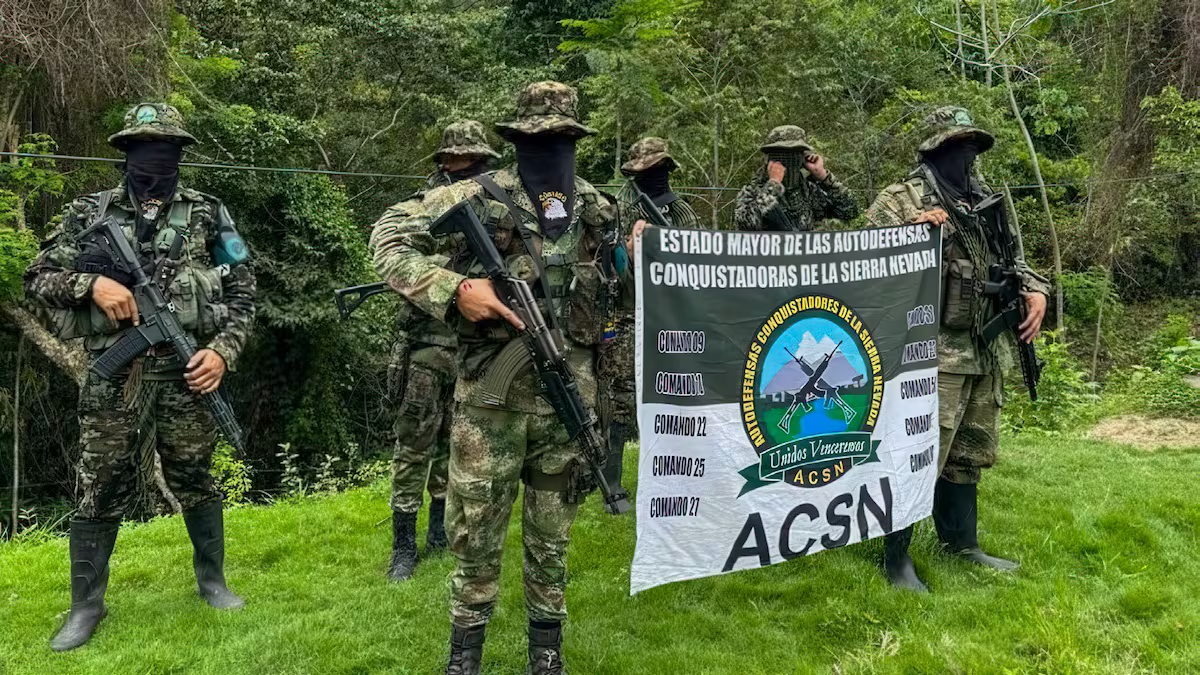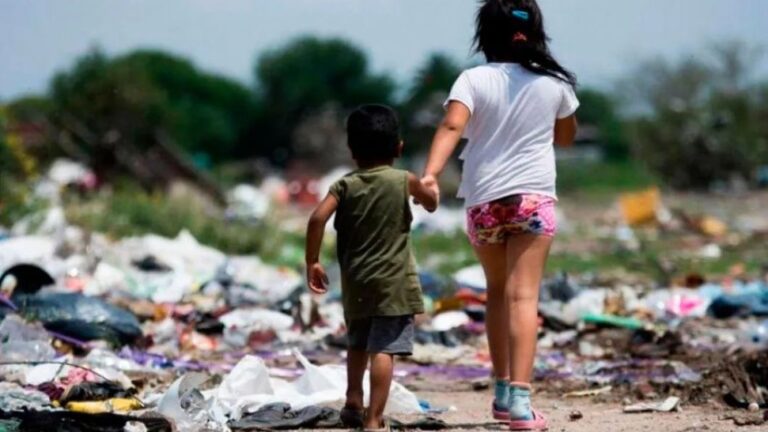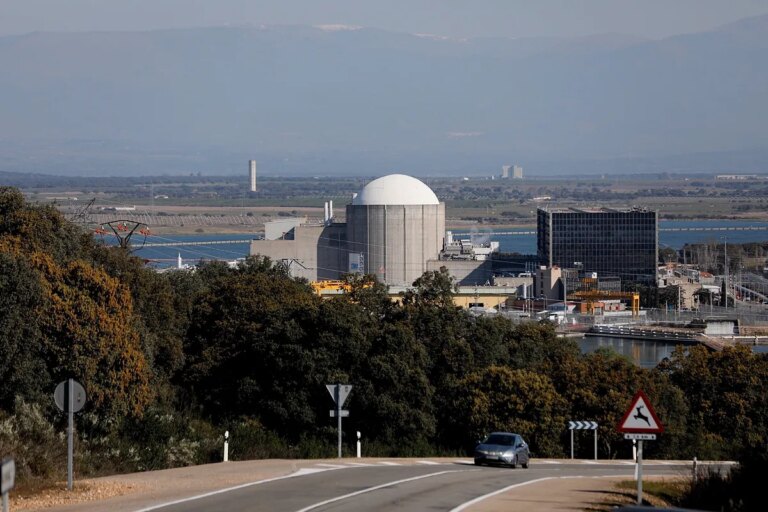
The Sierra Nevada de Santa Marta, an imposing mountain massif in northern Colombia bordering the Caribbean Sea, is known as the “center of the world” in the Kogi indigenous worldview. This is exactly how President Gustavo Petro often refers to himself, having just hosted the long-awaited summit between the Community of Latin American and Caribbean States and the European Union in Santa Marta, the capital of Magdalena. But the country’s most visited region is also the scene of a bloody conflict between the Conquest of Sierra Nevada (ACSN) and the paramilitary group’s two successor groups, the Cran del Golfo.
Alarm signals are accumulated. In the most recent bell, the Office of the United Nations High Commissioner for Human Rights in Colombia this Wednesday condemned the “imposition of sanctions and penalties in Santa Marta and Valledupar outside the legal framework, allegedly by non-state armed groups present in the Sierra Nevada de Santa Marta,” as acts that can be classified as torture. It doesn’t mention the acronym, but it does mention ACSN’s public humiliation.
In a statement, UN Human Rights detailed that it had collected 19 audiovisual recordings from various sources throughout 2025, revealing acts such as physical violence, forced labor, immobilization of limbs, posting of posters with messages of repentance and public demands for forgiveness. “These attacks are levied against suspected acts such as the sale of psychotropic substances, theft, sexual assault, domestic violence, and fighting,” the text explains. The report said these acts “constitute serious human rights violations, including torture and acts that fall under the category of cruel, inhuman and degrading treatment of the population.”
UN Human Rights has identified among the victims women who were forced to do forced labor, such as cleaning, and whose hair was forcibly shaved. “Acts of torture as a form of punishment violate the human dignity of victims. When applied by non-state armed groups, these practices weaken local governance and undermine public trust in state institutions,” the statement warned.
“They are, in a sense, an endemic group. They have always had this kind of pretense of justice. Self-defense groups like Clan del Golfo are the remnants of what was left of the demobilization of paramilitary groups,” explains Paula Tobo, a researcher at the Ideas for Peace Foundation. “The governance and control they have over the Sierra Nevada is very well developed,” he added, adding that they have resisted invasions by the Gulf people, by far Colombia’s main armed group. According to the latest calculations by the Public Military, Clan del Golfo has around 9,000 members, while ACSN has less than 500 members.
The name ACSN has been known since 2019, but its origins date back several years after the demobilization of the Unified Self-Defense Forces of Colombia (AUC). According to Magdalena’s Coexistence and Security Agency, after this process, several structures active in Magdalena and La Guajira maintained their presence through repeated fragmentation and reorganization until settling in the foothills of the Sierra Nevada de Santa Marta. They are the successor group and successor to the AUC’s Tayrona Resistance Front. ACSN has strengthened its armed rule in the region, with its base of operations in La Sierra Nevada, and has expanded its presence to the municipalities of Magdalena, La Guajira, and César. Although they have controlled the strategic drug-trafficking corridor for five years, the Gulf clan, as they call themselves, is in a dispute with the Colombian Gaitanista Armed Forces (EGC).
The Self-Defense Forces, which have conquered the Sierra Nevada, have sought guidance on a policy of complete peace from the outset and, in addition to establishing a forum for socio-legal dialogue, have agreed to a short-term bilateral ceasefire with the Petro government, but progress has been minimal. A formal table was never set up.
The Office of the Ombudsman has already issued several early warnings this year about ACSN’s expansion “outside its historical niche” into other sectors such as César and La Guajira, which are in conflict with Cran del Golfo. A few days ago, the government issued another early warning due to a high level of danger in the towns of San Rafael de Lebrija, Papayal, San José de los Choros and La Tigra in the municipality of Rio Negro in Santander department, which is no longer part of the Caribbean region. The area connects with the middle valley of the Magdalena River and serves as a corridor to the Caribbean coast and the center of the country.
The Office of the Ombudsman therefore issued a warning to the Self-Defense Forces conquering the Sierra Nevada Mountains. These expand towards a strategic corridor linking Catatumbo, southern Cesar and southern Bolivar. “This expansion will lead to a direct conflict with the EGC over territorial hegemony,” warns the body responsible for ensuring respect for human rights. It also predicts increased recruitment and use of girls, boys, adolescents and young people, “which could lead to the displacement of families as a means of protection. We also expect an increase in gender-based violence, extortion and social control.”



